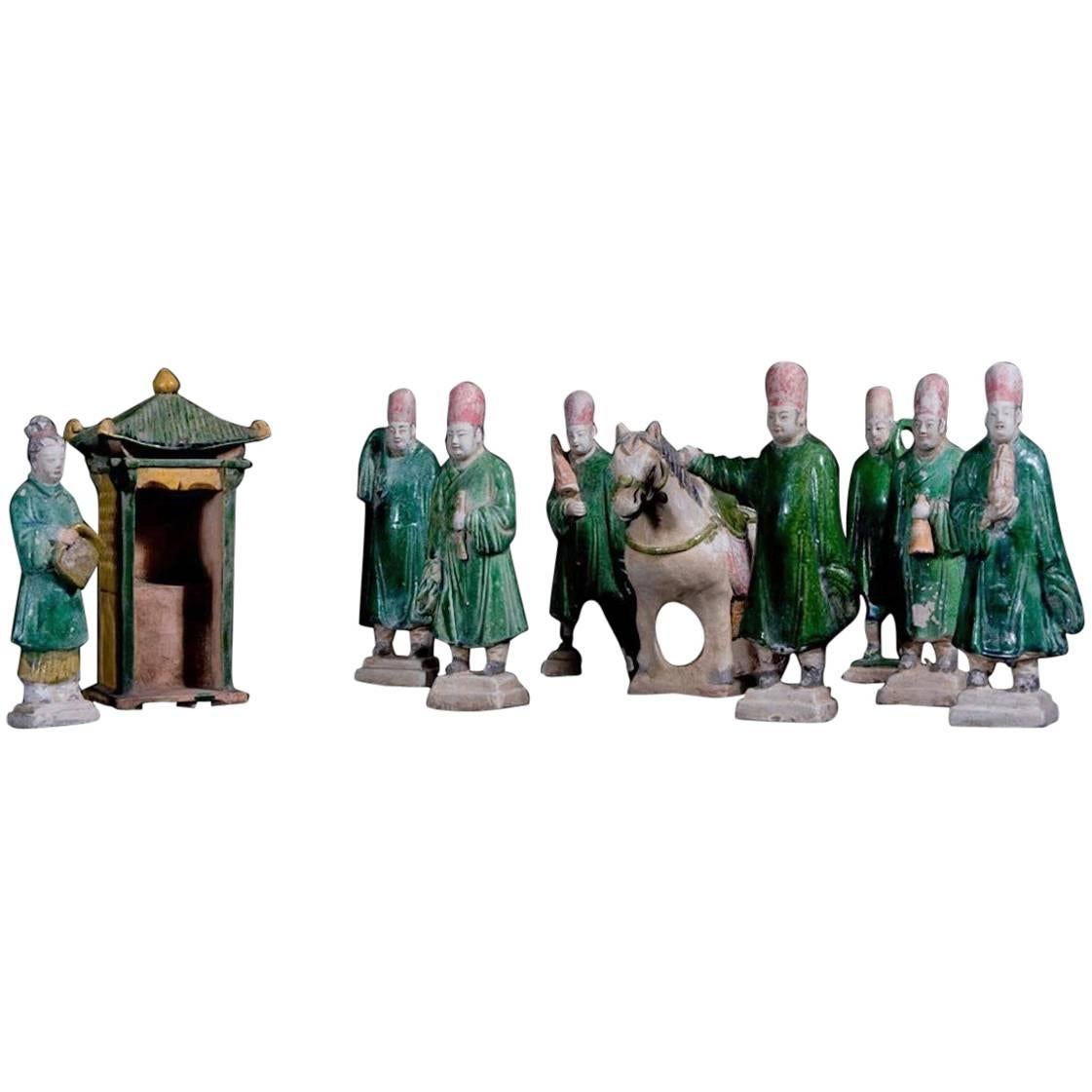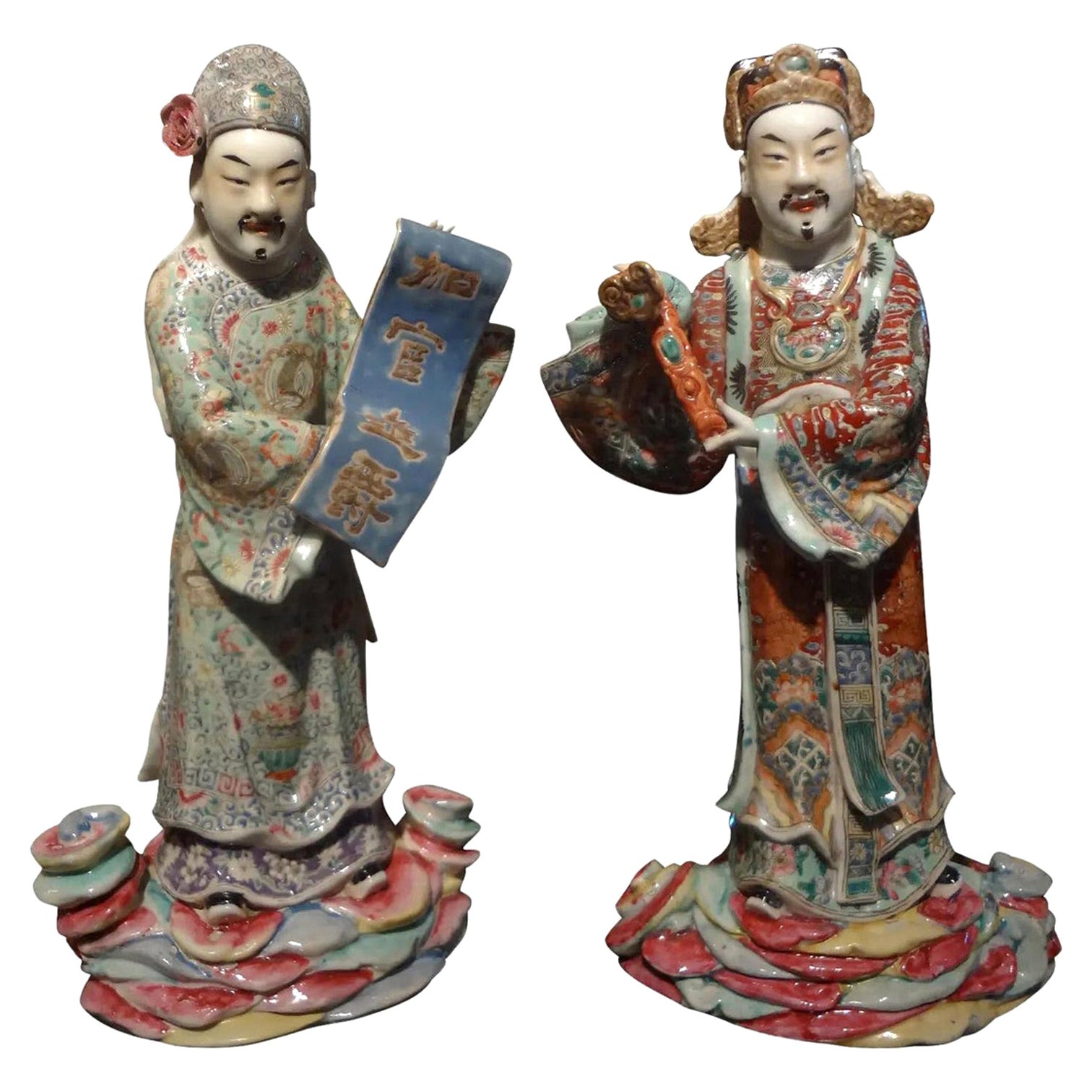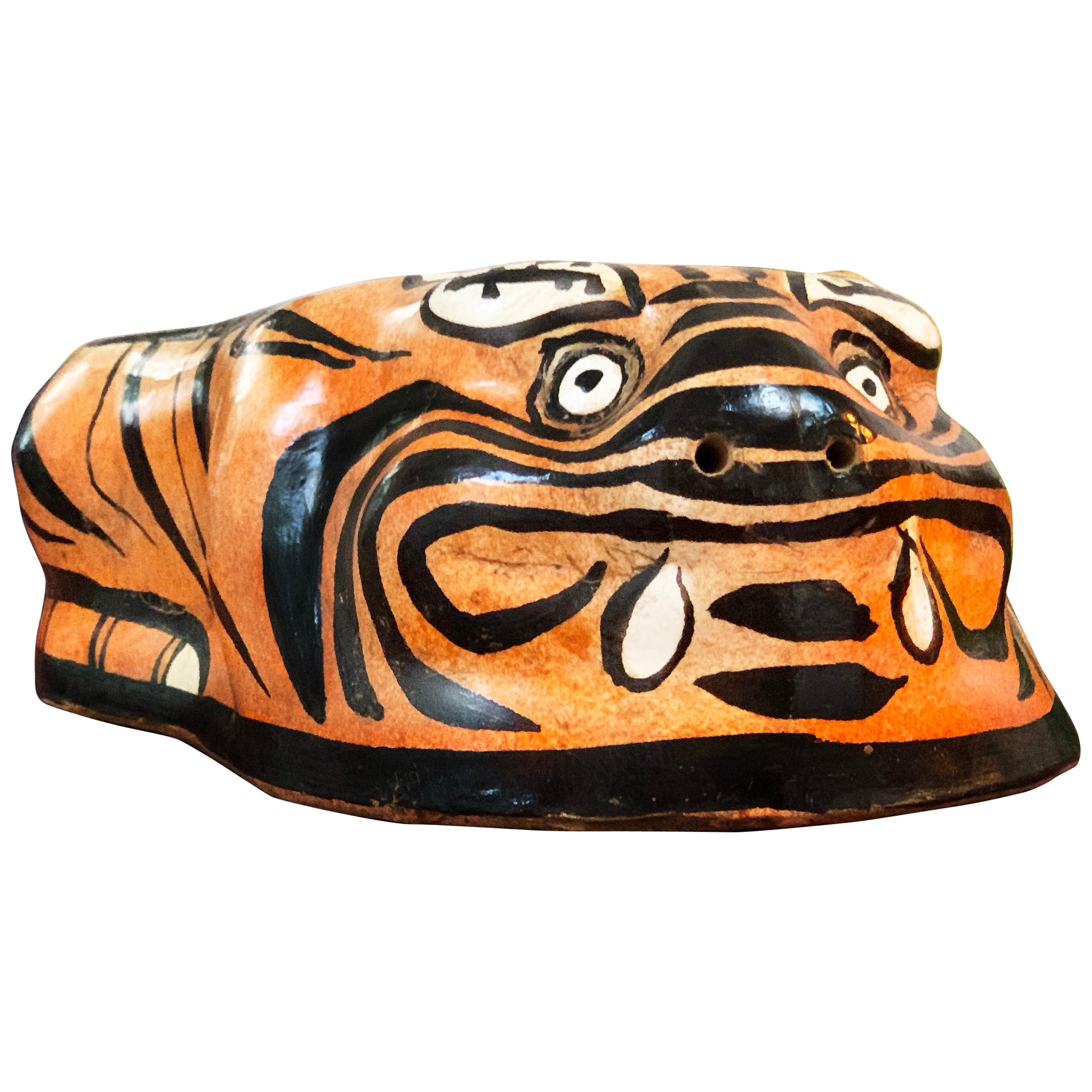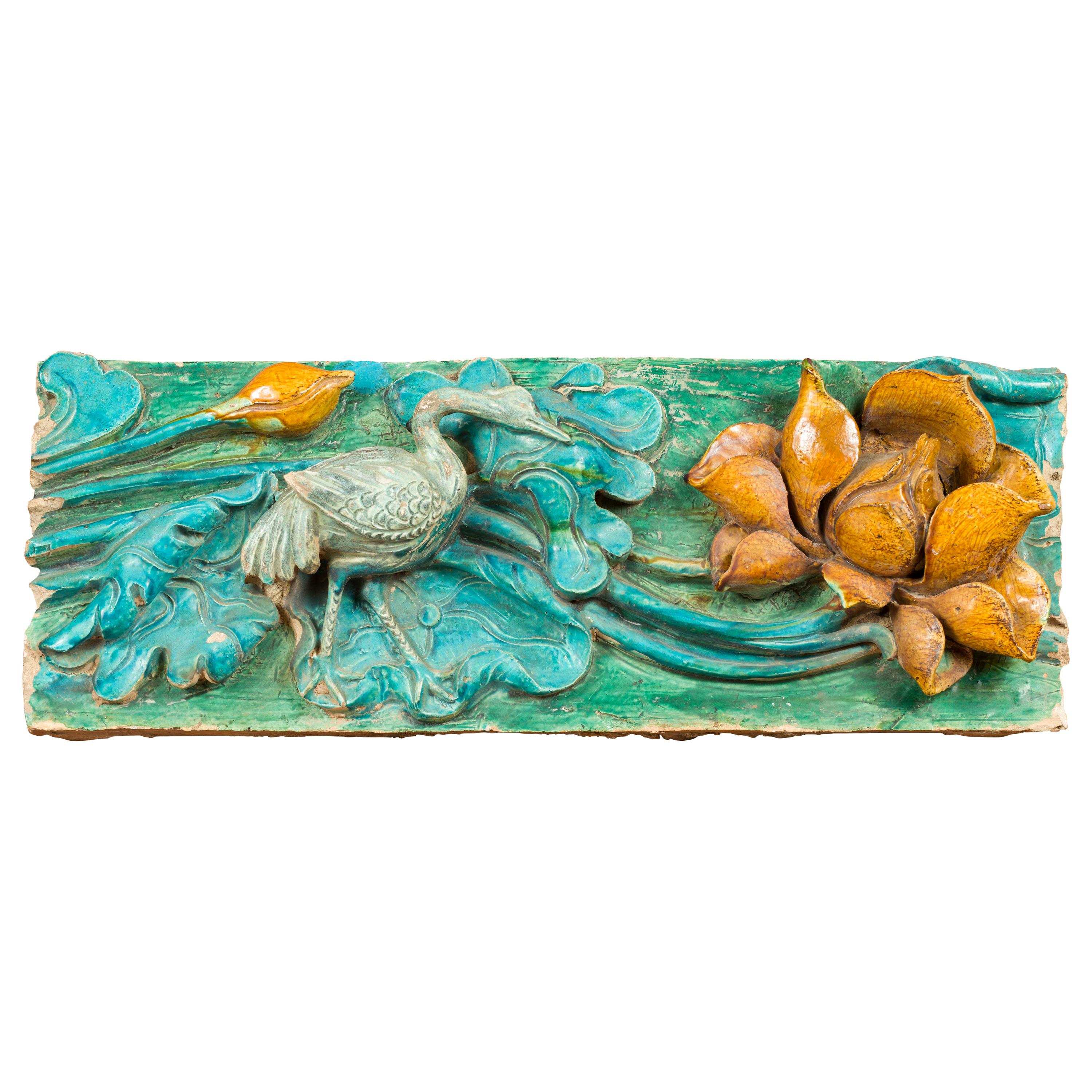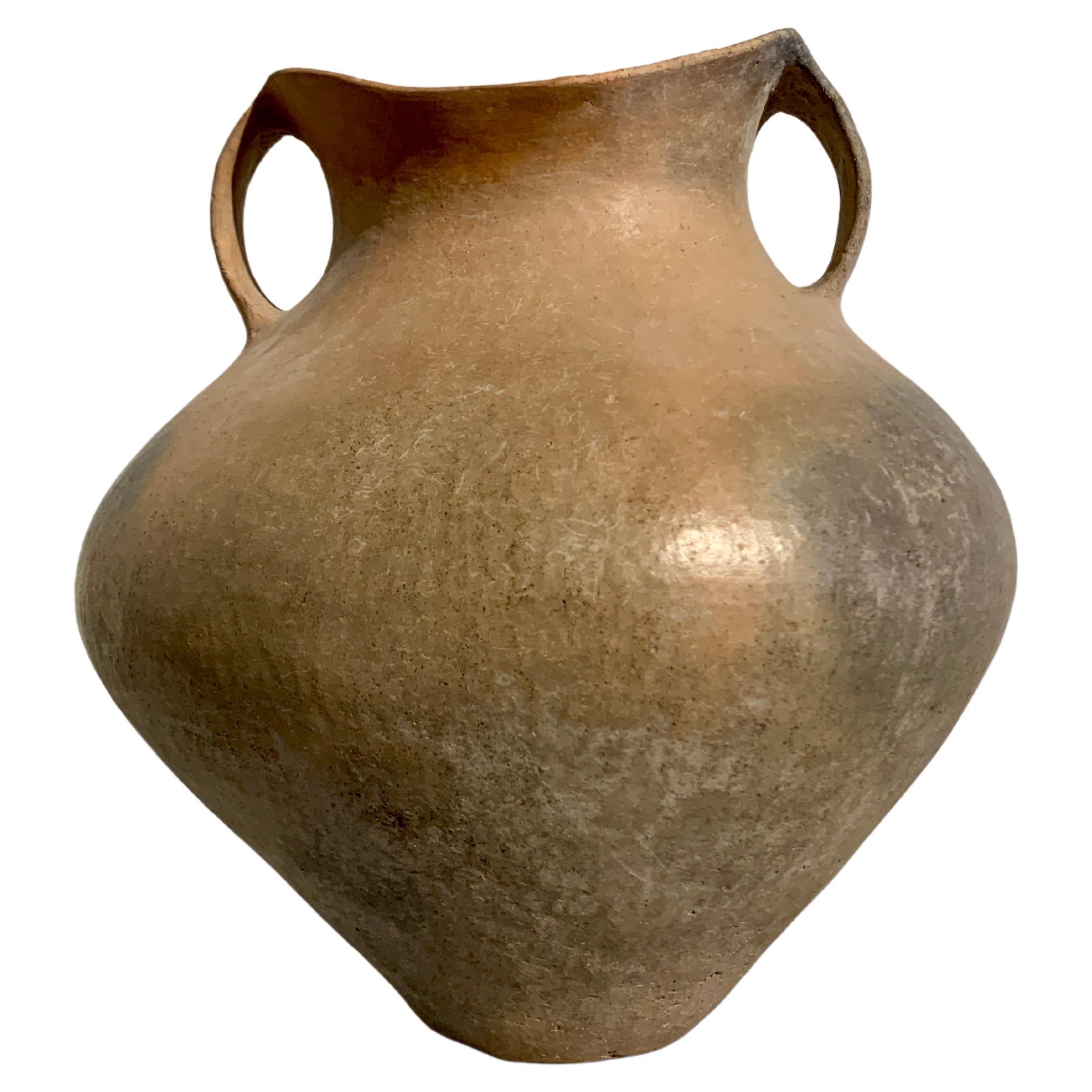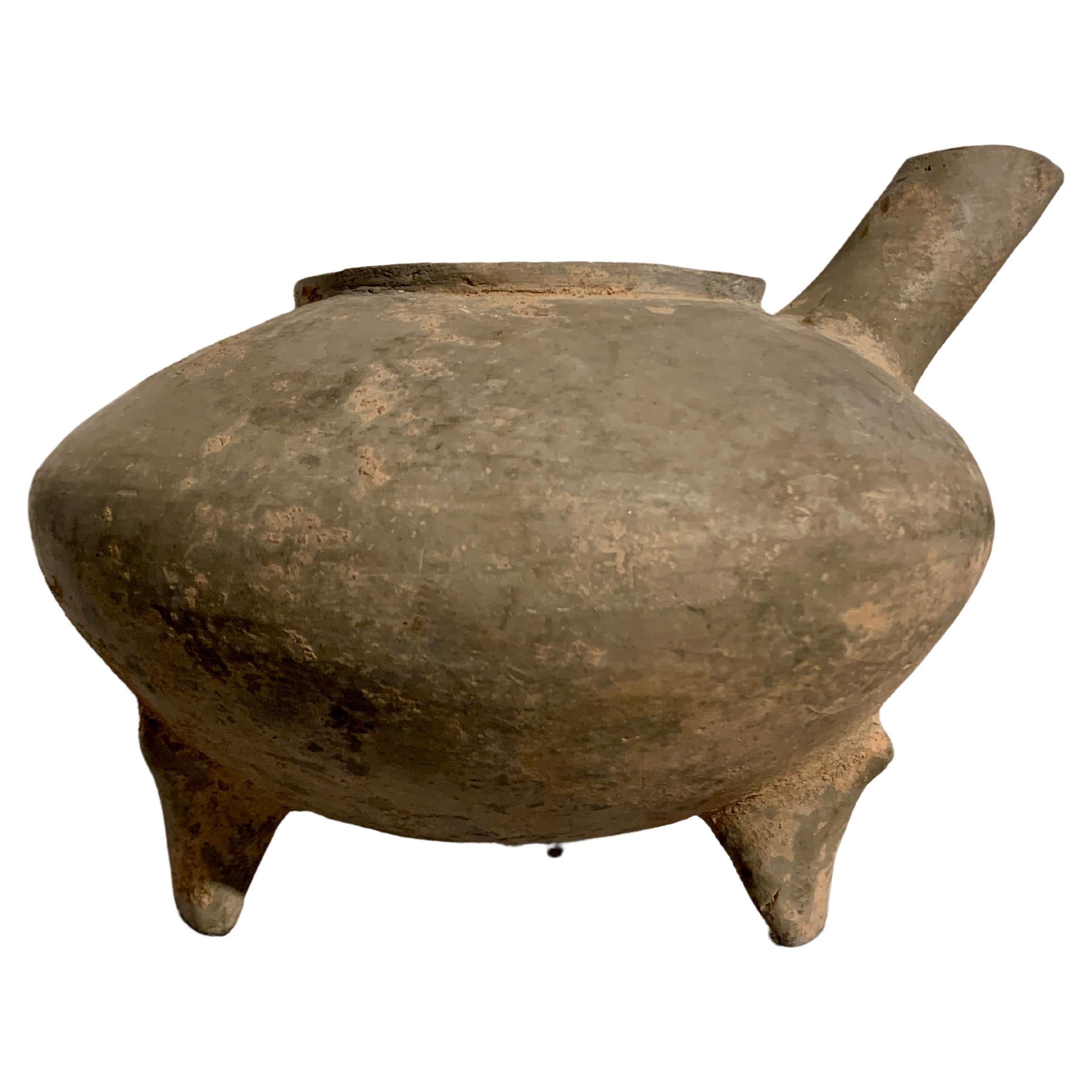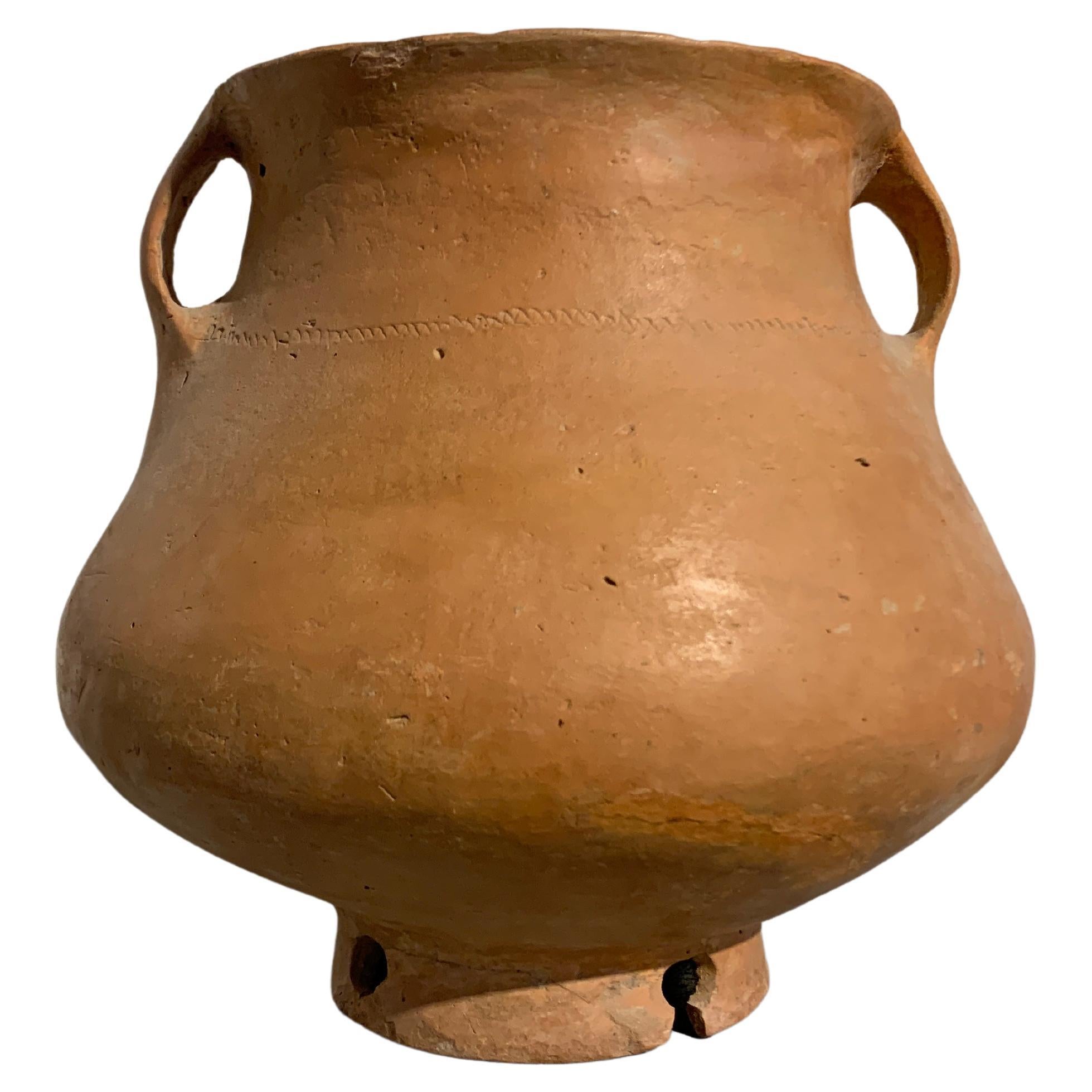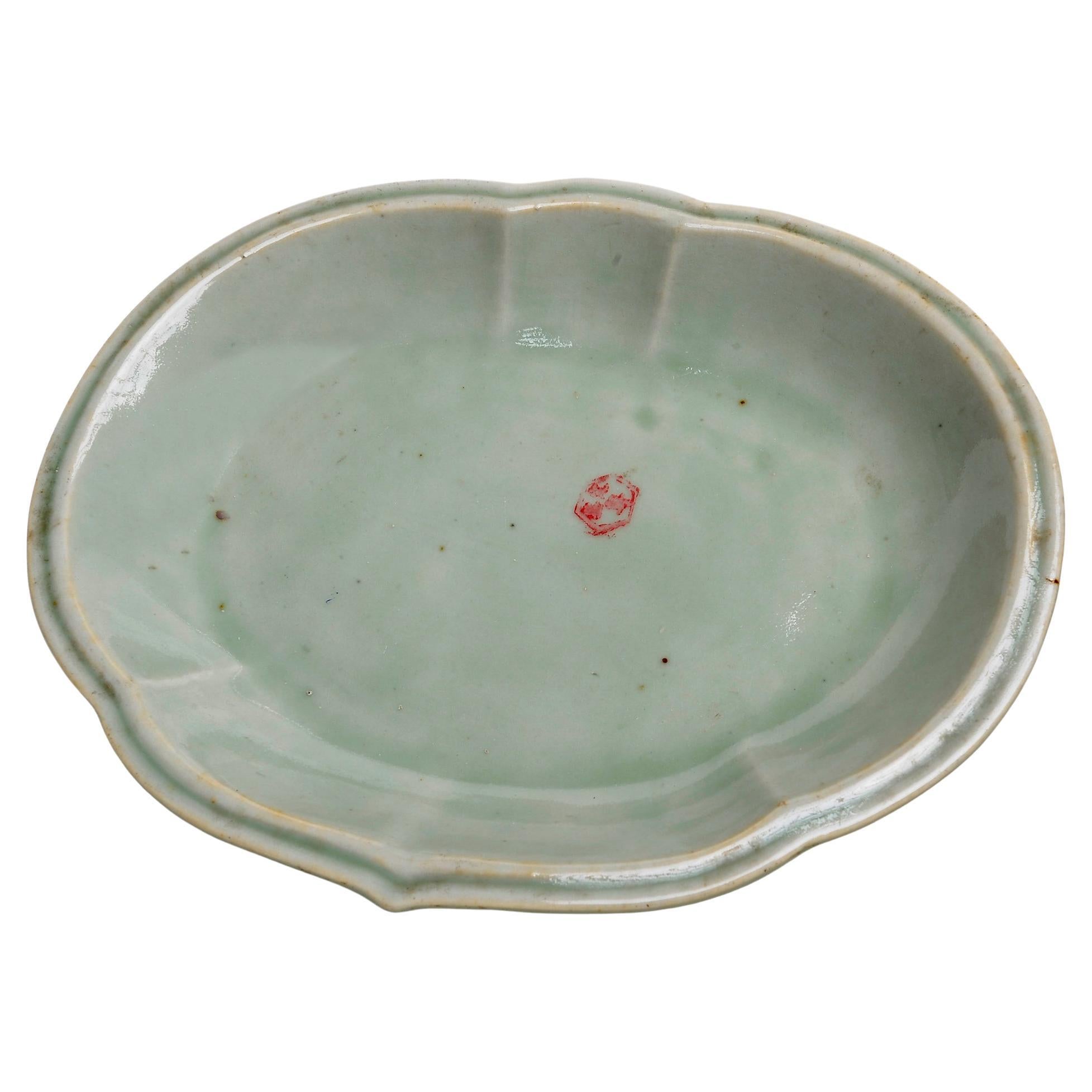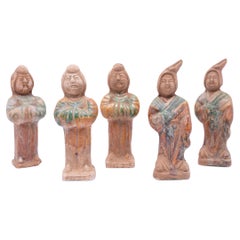
Chinese Funerary Figures
View Similar Items
1 of 9
Chinese Funerary Figures
About the Item
- Dimensions:Height: 16.5 in (41.91 cm)Width: 4.75 in (12.07 cm)Depth: 4 in (10.16 cm)
- Sold As:Set of 2
- Style:Ming (In the Style Of)
- Materials and Techniques:Earthenware,Glazed
- Place of Origin:
- Period:
- Date of Manufacture:Unknown
- Condition:Wear consistent with age and use. Condition as shown.
- Seller Location:Southampton, NY
- Reference Number:1stDibs: LU107963217502
You May Also Like
- Impressive Terracotta Funerary Procession - Ming Dynasty, China '1368-1644 AD'Located in San Pedro Garza Garcia, Nuevo LeonImpressive Funeral Ensamble of 10 Terracotta Glazed Figures in green and caramel colors depicting a votive procession with a palanquin, his four carriers, a horse, a stableman, two musicians, and an offering carrier. This ensemble is accompanied by a Certificate of Authenticity, and Certificate of Expertise by Jean-Yves Nathan - Specialist in Asian Arts for the CEDEA (The European Confederation of Art Experts). Burial figurines of graceful dancers, mystical beasts, and everyday objects reveal both how people in early China approached death and how they lived. Since people viewed the afterlife as an extension of worldly life, these figurines, called mingqi, sometimes referred as “spirit utensils” or “vessels of ghosts” disclose details of routine existence and provide insights into belief systems over a thousand-year period. The Ming dynasty was the ruling dynasty of China – then known as the Empire of the Great Ming – for 276 years (1368–1644 AD). Founded by Chu Yuan-chang, the rebel leader that was successful in removing the mongols from the throne. Chinese control was re-asserted in China and eastern Asia. Literature became more important, schools were created, and the justice system was reformed. The Ming dynasty is described by some as "one of the greatest eras of orderly government and social stability in human history,” was the last imperial dynasty in China ruled by ethnic Han Chinese. The practice of burying ceramic objects with the deceased went into decline from the 10th to the 14th Century AD. There was a revival in placing miniature representations of glazed terracotta objects such a furniture, food offerings, horses, miniature statues...Category
Antique 15th Century and Earlier Chinese Ming Antiquities
MaterialsTerracotta
- Set of Five Chinese Sancai Female Attendant FiguresLocated in Chicago, ILMolded of earthenware, this set of five petite sculptures are a type of centuries-old burial figurine known as míngqì. Such model figures were placed in tombs of individuals with hig...Category
Antique 15th Century and Earlier Chinese Antiquities
MaterialsCeramic
- Pair of 19th Century Chinese Hand Decorated Porcelain Scholar FiguresLocated in Houston, TXPair of 19th century Chinese hand decorated porcelain scholar figures. Stunning pair of well executed hand decorated Chinese porcelain figures...Category
Antique 19th Century Chinese Chinese Export Antiquities
MaterialsPorcelain
- Chinese Ming Dynasty Period Ancient Turquoise Roof Tile with Crane and FlowerLocated in Yonkers, NYA Chinese Ming dynasty period ancient roof tile with turquoise finish, crane and flower. Created in China during the Ming dynasty (1368-1644), this ancient roof tile features a turqu...Category
Antique 16th Century Chinese Ming Antiquities
MaterialsCeramic
- Jin Dynasty Cizhou Ware Crouching Tiger Pottery Pillow, 12th-century, ChinaLocated in Brooklyn, NYChinese Jin Dynasty 12th Century Cizhou Ware Crouching Tiger Pottery Pillow .Tiger pillow, Jin dynasty, 12th century (circa 1150) The pillow is assembled ...Category
Antique 15th Century and Earlier Chinese Ming Antiquities
MaterialsCeramic
$19,725 Sale Price50% Off - Chinese Siwa Culture Burnished Pottery Jar, 1500 - 1100 BC, ChinaLocated in Austin, TXA striking Chinese Neolithic to Bronze Age burnished red pottery double handled saddle mouth storage jar, Siwa Culture (circa 1500 to 1100 BC), modern day Gansu Province, China. ...Category
Antique 15th Century and Earlier Chinese Ceramics
MaterialsPottery
Recently Viewed
View AllMore Ways To Browse
Chinese Attendants
Vintage Asian Robe
Vintage Chinese Robe
Male Figurines
Vintage China Figurines
Vintage Asian Figurines
Ming Robe
Pair Of Chinese Figurines
Ming Figurine
Han Dynasty Dog
Han Dynasty Horse Heads
Li Fang
12th Century Khmer
Khmer Antiques
Antique Old Fashioned Hand Tools
Sui Dynasty
Gandhara Buddha
Han Dynasty Cocoon
